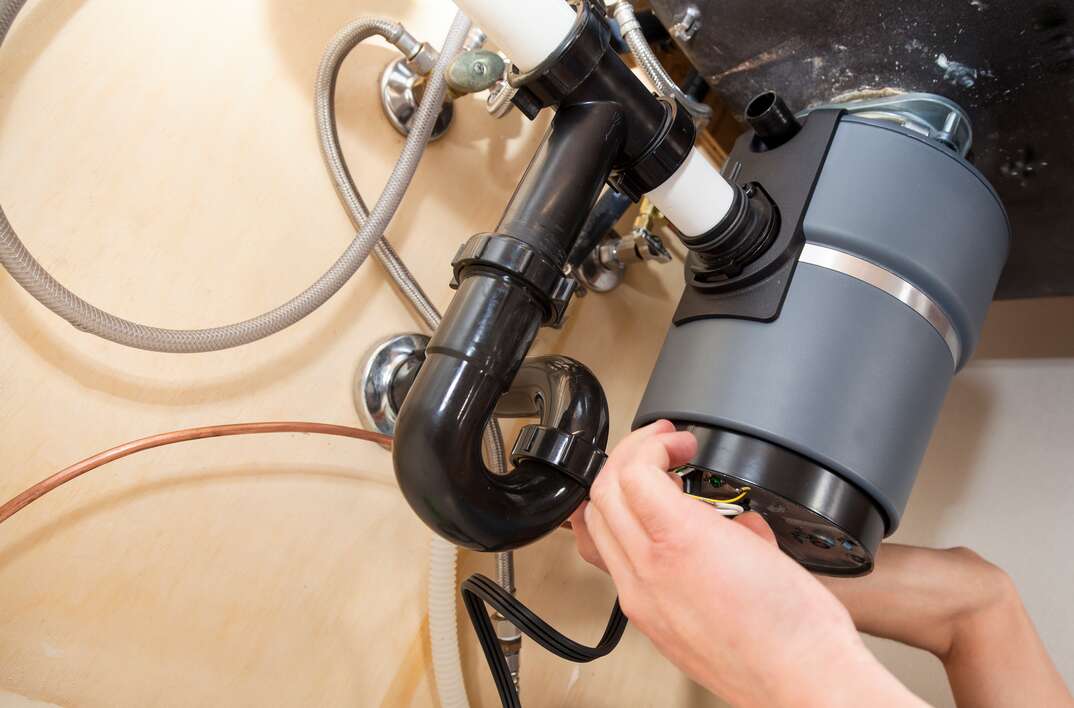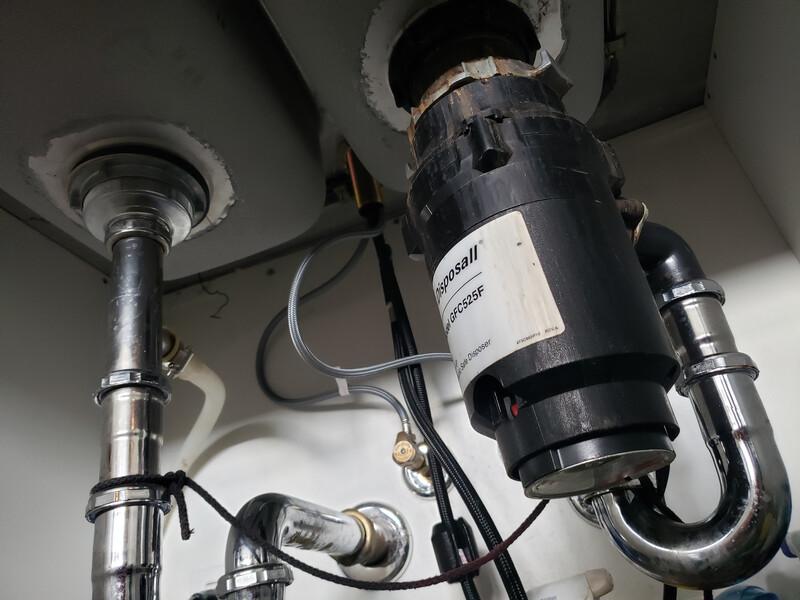Handy Techniques for Repairing a Dripping Garbage Disposal
Handy Techniques for Repairing a Dripping Garbage Disposal
Blog Article
Right here in the next paragraph you will discover a bunch of excellent insights on the subject of Garbage Disposal Leaking From Bottom.

Waste disposal unit are vital cooking area appliances that assist in throwing away food waste efficiently. However, a leaking garbage disposal can be an aggravating and messy problem to deal with. Thankfully, many leakages can be taken care of quickly with a few simple actions. In this write-up, we will discuss just how to repair a dripping garbage disposal properly.
Introduction
Garbage disposals are mounted under cooking area sinks and are designed to shred food waste into smaller items, permitting it to travel through the pipes system conveniently. While these tools are usually dependable, leaks can occur over time due to damage, loosened links, or damages to the unit.
Step-by-Step Overview to Dealing With a Dripping Garbage Disposal
Turn Off the Power
Before trying any kind of repair services, guarantee that the power to the garbage disposal device is turned off to avoid the danger of electric shock.
Situate the Leakage
Determine the specific location of the leakage and determine the reason
Tighten up Links
Utilize a wrench to tighten any loosened links between the disposal unit and the pipes system.
Change Seals or Gaskets
If the leak is due to used seals or gaskets, eliminate the old parts and change them with new ones.
Patching Fractures or Holes
For fractures or holes in the disposal device, use epoxy or an ideal patching material to secure the damaged location.
Identifying the Resource of the Leakage
Before trying to repair a dripping garbage disposal, it is necessary to determine the resource of the leakage. This can usually be done with visual evaluation or by conducting easy tests.
Visual Examination
Evaluate the waste disposal unit system thoroughly for any indicators of water leakage. Pay close attention to areas around seals, gaskets, and connection factors.
Evaluating for Leakages
One method to evaluate for leakages is by running water with the disposal device and checking for any noticeable signs of leak.
Common Sources Of Leaks in Rubbish Disposals
Worn Seals and Gaskets
Seals and gaskets play an important duty in protecting against water from leaking out of the waste disposal unit. Over time, these components can degrade, causing leaks around the disposal device.
Loose Links
The links between the waste disposal unit and the plumbing system can become loose over time, triggering water to leakage out during procedure.
Splits or Holes in the Disposal Unit
Physical damage to the waste disposal unit, such as splits or holes in the housing, can likewise cause leakages.
Devices and Products Needed for Repairing a Dripping Garbage Disposal
Before beginning the repair work process, gather the required tools and materials, including a screwdriver, adjustable wrench, plumber's putty, substitute seals or gaskets, and epoxy or patching product for fixing fractures or holes.
Evaluating the Garbage Disposal After Repair
As soon as the repair service is total, check the garbage disposal by running water through it to make certain that the leak has actually been resolved.
Preventive Upkeep Tips to Prevent Future Leakages
To prevent future leakages, it is vital to carry out normal maintenance on your garbage disposal. This consists of keeping it clean, staying clear of putting non-food products or difficult things down the disposal, and periodically looking for leaks or other problems.
Verdict
Finally, fixing a leaking garbage disposal is a fairly uncomplicated procedure that can be finished with basic devices and products. By adhering to the actions described in this short article and practicing preventive upkeep, you can maintain your waste disposal unit in good working problem and prevent costly repairs in the future.
What to Do About a Leaking Garbage Disposal
A leaking garbage disposal often goes unnoticed until you confront a sopping cabinet, a foul-smelling puddle, or an audible drip-drip-drip from the unit. The fix can be frustrating, too, because the leak can stem from a number of components in the system. Fortunately, with a little sleuthing, you can zero in on the leak and—depending on the exact location—stop the icky oozing and repair the component that caused it. Worst case scenario, if it turns out that the garbage disposal must be replaced, installing a new one is a reasonable do-it-yourself task for those with basic plumbing skills. Read on to keep the cash you’d otherwise hand over to a pro.
Prepare to find the leak
Prior to testing the garbage disposal for leaks, unplug it at the wall outlet and turn off the power from the breaker box to prevent electrical shock. Then insert a watertight sink stopper into your sink drain and wipe the unit dry with a clean cloth. In any handy container, mix a few drops of food coloring into a few cups of water, and pour the dyed water onto the sink stopper to help you locate the leak.
Investigate the source
the top, where the disposal meets the sink drain the side, where the dishwasher hose or main drain pipe connects to the disposal or the bottom of the unit Inspect each of these locations while gliding a light-colored rag over the unit; the dyed water will readily show on the rag and reveal the location of the leak. If a leak isn’t immediately apparent, remove the sink stopper and pour a few more cups of dyed water down the sink drain, then check for leaks again. Leaks near the top of the unit are more likely to show themselves while the sink is plugged, while side and bottom leaks are more noticeable while the sink is unplugged.
The metal sink flange that sits directly inside the sink drain is typically sealed around the top with plumber’s putty (a clay-like sealant) and then secured from under the sink with bolts. If the plumber’s putty deteriorates, or the bolts loosen, the flange can no longer form a watertight seal between the sink drain and the disposal—which could cause a leak at the top of the unit.
To reseal the leaky flange, you must first detach the garbage disposal. Start by loosening the screws securing the main drain pipe to the disposal, then loosen the screws in the metal clamp securing the dishwasher hose to the disposal and detach the drain pipe and dishwasher hose from the disposal. Loosen the screws in the mounting ring that connects the disposal to the metal mounting assembly beneath the sink, then pull down the disposal and carefully set it on a clean, dry surface. Loosen the bolts in the mounting assembly with a wrench, then pull down the mounting assembly and set it near the disposal.

We hope you enjoyed our piece on Why Is . Many thanks for spending some time to read through our short article. In case you liked our page plz make sure you remember to share it. We truly appreciate reading our article about Garbage Disposal Leaking From Bottom.
Set Up An Appointment Report this page